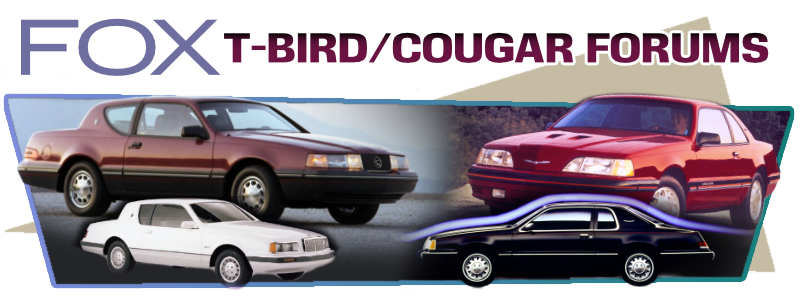Idle Surge - 1984 5.0 Thunderbird, CFI, EEC-III, Duraspark III

Reply #18 –
EEC3 wow that's amazing it still keeps going! Excessive nox is usually an indicator of egr but you say you've thoroughly cleaned and vacspooge tested the egr. I remember having to take off the cfi tb the egr spacer plate and egr cooler and cleaning them all with a pipe brush. Also if there was that much carbon, the air charge temp sensor needs to be inspected and/or replaced. Tps should be adjusted to 1 volt and if replaced the small spring put back into position. Pull the dist cap and rotate the engine counterclockwise to take all the slack out of the timing chain and note the position of the rotor. Rotate the engine back clockwise and see if there is excessive slack before the rotor begins to move. The bmap used to be a high cost item and should be tested closely BEFORE replacing. Way back when EEC3 vehicles came into the shop it was 2 hour diagosis time vs standard 1 hour. Your are on the right track, keep trying and testing!
Mike
 Topic: Idle Surge - 1984 5.0 Thunderbird, CFI, EEC-III, Duraspark III (Read 32890 times)
previous topic - next topic
Topic: Idle Surge - 1984 5.0 Thunderbird, CFI, EEC-III, Duraspark III (Read 32890 times)
previous topic - next topic

 Topic: Idle Surge - 1984 5.0 Thunderbird, CFI, EEC-III, Duraspark III (Read 32890 times)
previous topic - next topic
Topic: Idle Surge - 1984 5.0 Thunderbird, CFI, EEC-III, Duraspark III (Read 32890 times)
previous topic - next topic